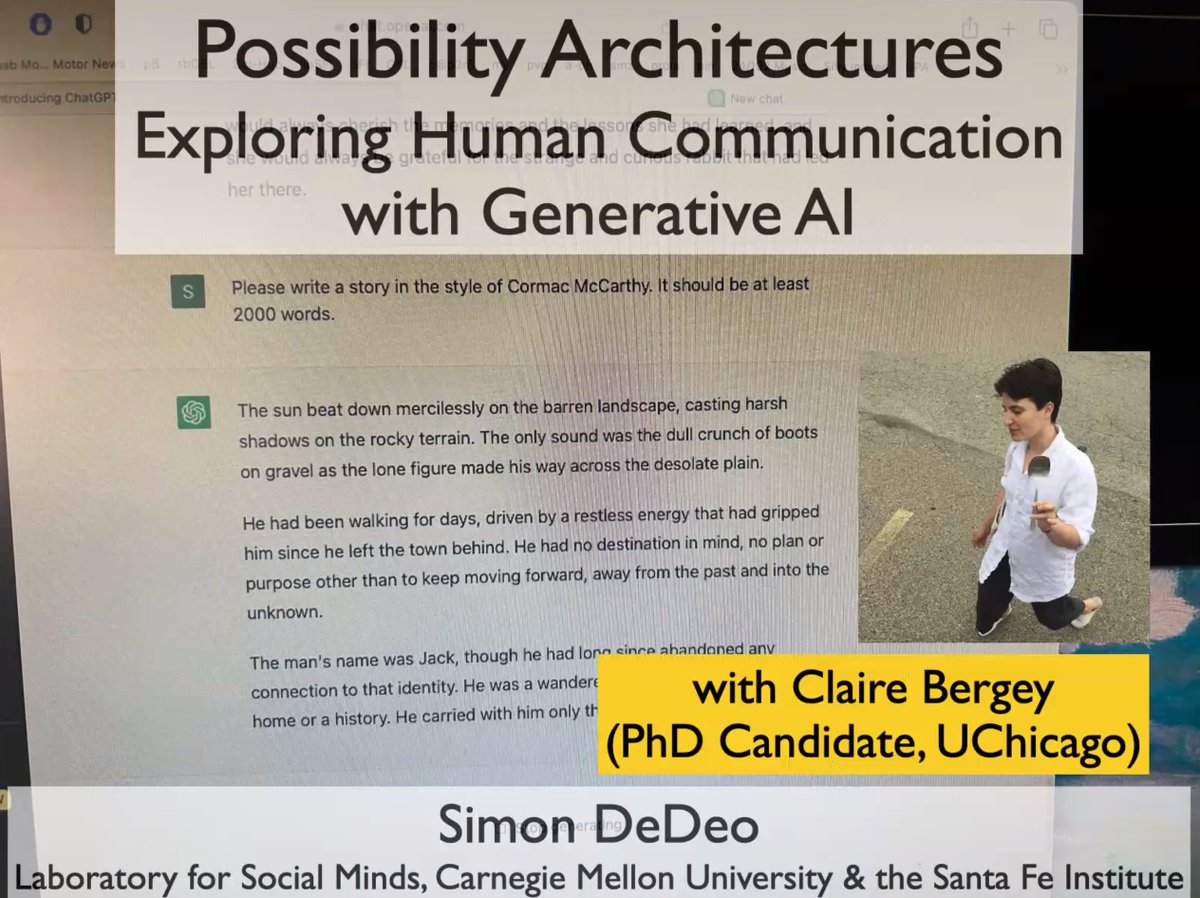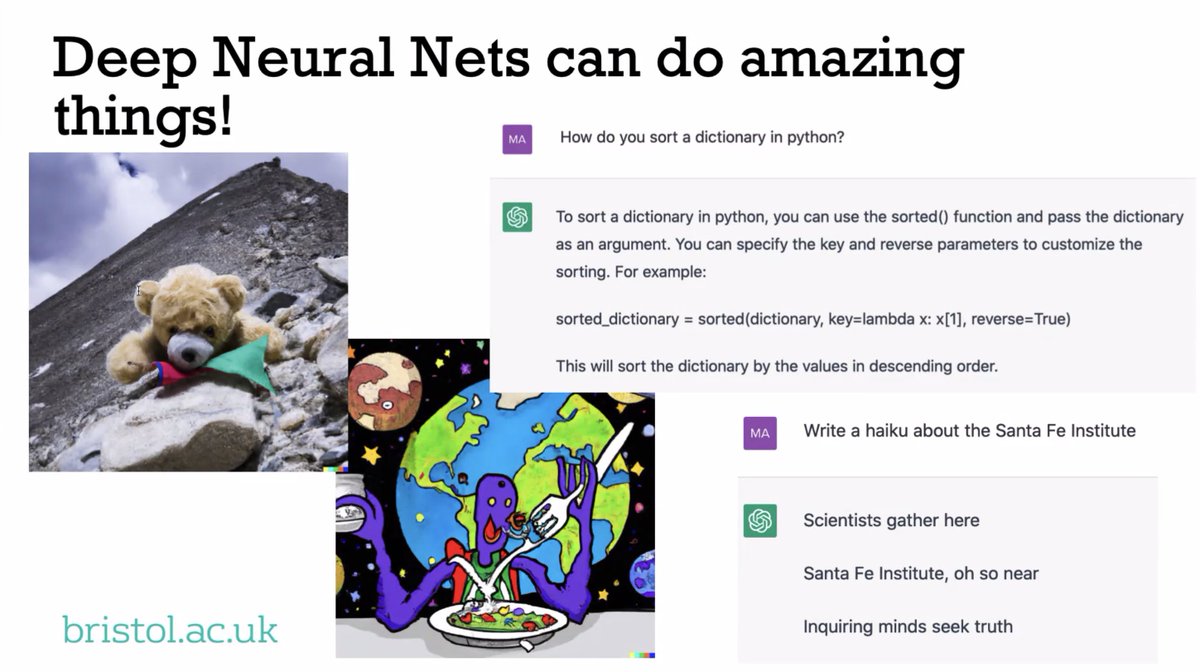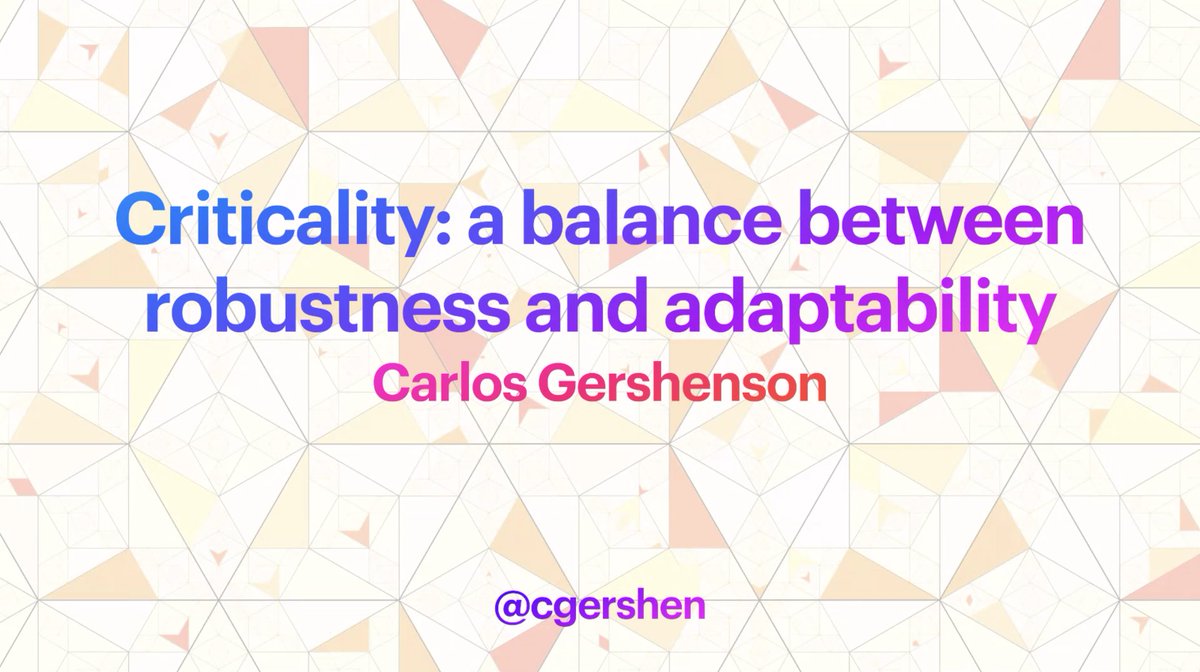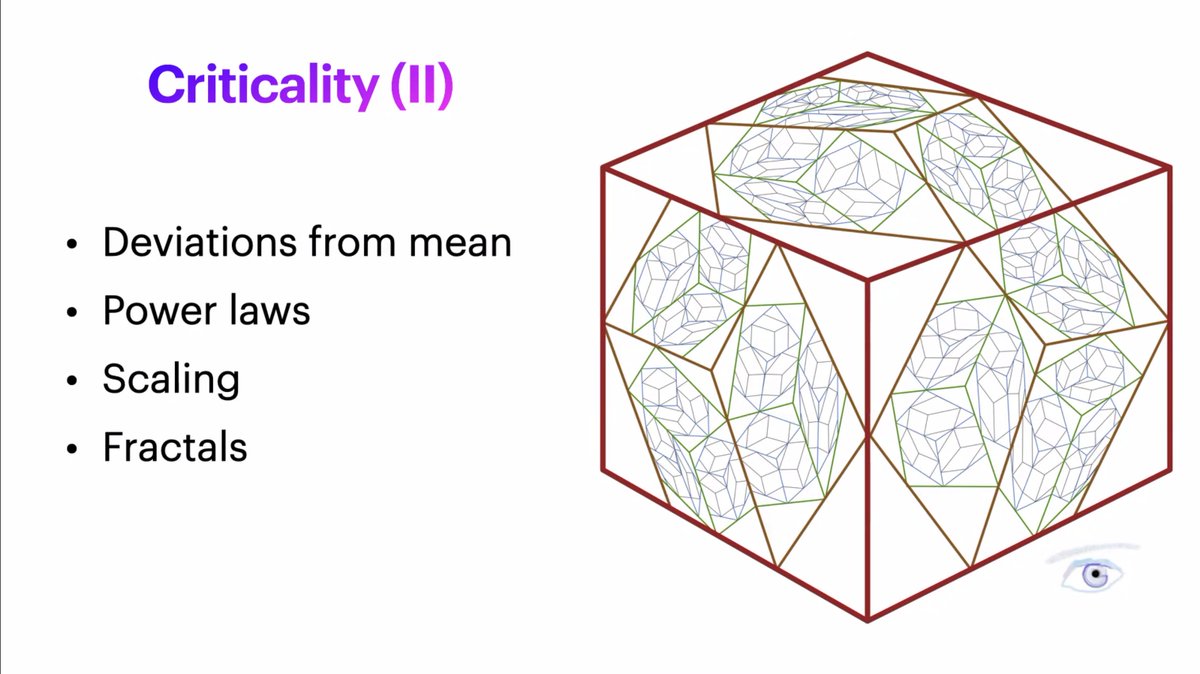🧵 "The Smell of Inhibition. A Code in the Nose?"
ICYMI, this week's SFI Seminar by Fractal Faculty Stuart Firestein (@Columbia) on "what started out ass a very simple-seeming problem [re: #olfaction] and turned out to be very complicated":

ICYMI, this week's SFI Seminar by Fractal Faculty Stuart Firestein (@Columbia) on "what started out ass a very simple-seeming problem [re: #olfaction] and turned out to be very complicated":

"Everything we know about the world comes through these little holes in our head and the skin covering our body, processed through tissue specialized to interpret it."
"The thing to notice about [sight and hearing] is that they're [processing] fairly low-dimensional stimuli."
"The thing to notice about [sight and hearing] is that they're [processing] fairly low-dimensional stimuli."

"Even a simple smell is composed of a VARIETY of molecules, and these are high-dimensional from a chemical point of view. And it's also a somewhat discontinuous stimulus. How do we get from this bunch of molecules to this unitary perception of something like a rose?" 
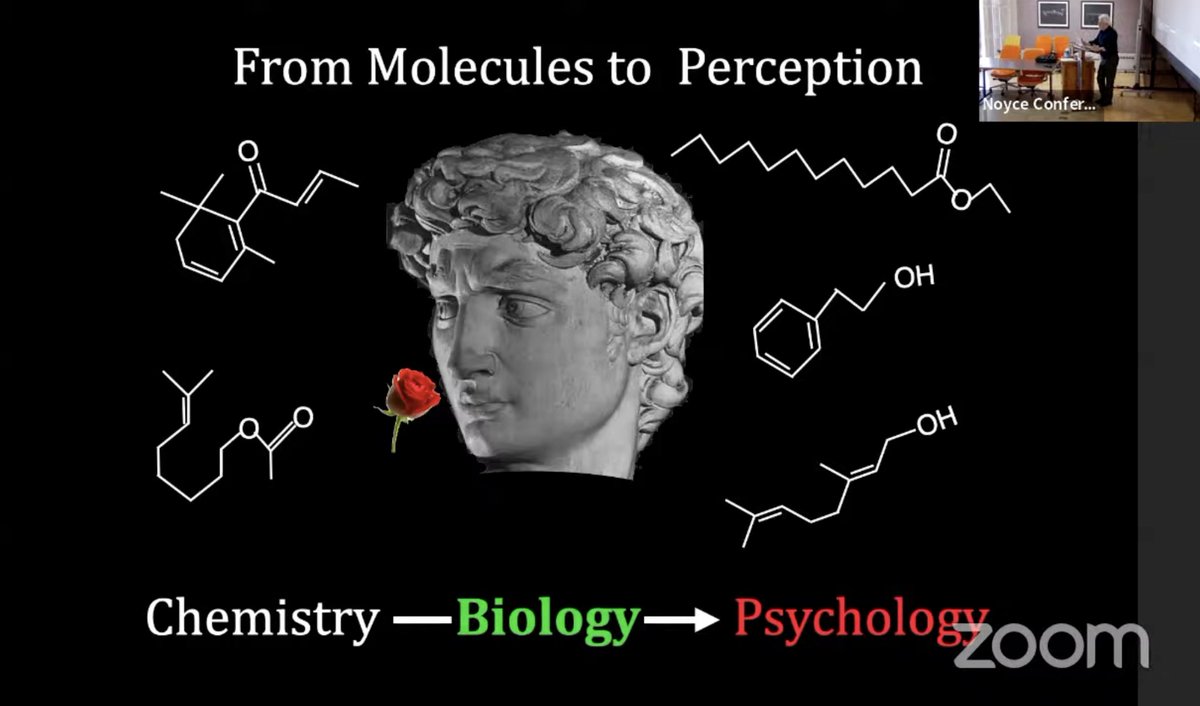
"You could make the argument that humans have the most discriminating palate of any animal on the planet — including dogs. If you have a dog, you know it'll eat nearly anything."
Stuart Firestein on the olfactory system as a model for understanding sensory processing:


Stuart Firestein on the olfactory system as a model for understanding sensory processing:



"There are only three kinds of neurons in this system. Like many sensory neurons in other systems, they're these kind of ciliated structures...as far as we know there are no interactions between these cells until they get back to the olfactory bulb and synapse." 

"Normally a chloride channel would be inhibitory, but olfactory neurons do this cute gthing where they actually pump chloride into a relatively high intercellular concentration, so these channels are actually chloride defluxes. It's a built-in amplifier, as it were." 

"We wanted to ask a kind of a silly but fundamental question: What actually is an odor?"
"There are some very odd bits of business that go on with these odor molecules...for some of them, the only difference is that they rotate polarized light in one direction or another."

"There are some very odd bits of business that go on with these odor molecules...for some of them, the only difference is that they rotate polarized light in one direction or another."


"These two odor molecules differ only by one carbon atom, and yet Hexyl acetate smells like bananas and Heptyl acetate smells like pears. On the other hand, here are two molecules that don't look ANYTHING LIKE each other, and yet smell IDENTICALLY like sandalwood." 



• • •
Missing some Tweet in this thread? You can try to
force a refresh


